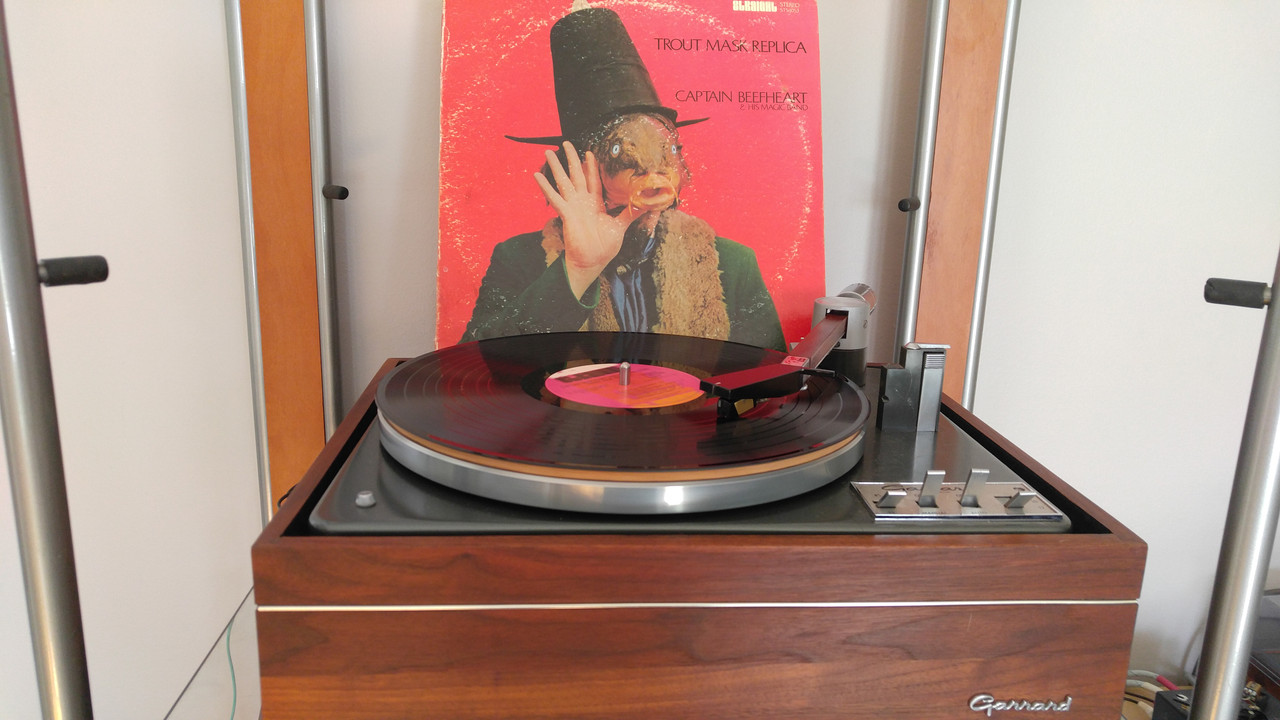malden
Addicted Member
Regarding your hum issue, make sure all of the connections are free of corrosion or carbon build-up.
Inspect the following:
Regarding the speed issue, the motor spindle and inner rim of the platter should be cleaned with alcohol to remove any oily residue which could cause slippage. In some cases, cleaning them with a green or maroon scotch pad may be helpful. Also, the idler wheel post and washers should be cleaned with alcohol. A drop or two of lightweight oil should do it.
Platter bearing noise could be due to old lubricant or damaged bearings, or both. I don't think you need to remove the large gear to access them.
Inspect the following:
- cartridge pins and female head-shell connectors
- head-shell to tone-arm pins,
- RCA connectors, male and female under the chassis,
- RCA cable ends at the amplifier.
Regarding the speed issue, the motor spindle and inner rim of the platter should be cleaned with alcohol to remove any oily residue which could cause slippage. In some cases, cleaning them with a green or maroon scotch pad may be helpful. Also, the idler wheel post and washers should be cleaned with alcohol. A drop or two of lightweight oil should do it.
Platter bearing noise could be due to old lubricant or damaged bearings, or both. I don't think you need to remove the large gear to access them.



